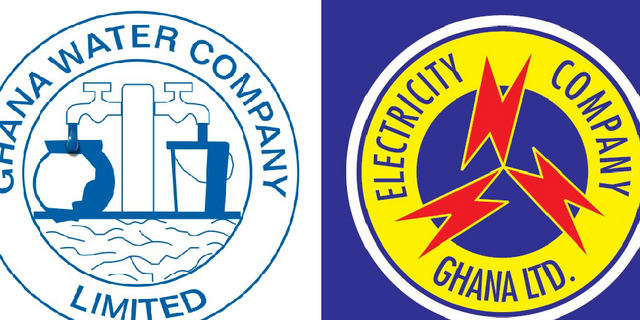The Public Utilities Regulatory Commission (PURC) has announced an increase in electricity and water tariffs for the third quarter of 2023.
The latest adjustments will see electricity consumers pay an additional 4.22 percent on current monthly bills effective September 1, 2023. For water consumers, the commission announced a 1.18 percent increase in tariffs. This marks the third consecutive increase in both end-user tariffs for water and electricity this year.
Meanwhile, there was no increase in tariff for lifeline consumers for electricity and water. In addition, industrial customers and non-residential customers of electricity will not see an increase in their bills.
In the previous quarter, the commission announced an increase of 18.36 percent in average end-user electricity consumer tariff.
In its justification for the last adjustment, the regulator said it was meant to help utility companies to recover the cost of electricity generation and supply, while preventing the recurrence of erratic electricity supply (dumsor) with its adverse implications on jobs and livelihoods.
But in the case of the latest review, the PURC attributed the adjustment to four main reasons.
“These factors are the cedi/US dollar exchange rate, inflation, electricity generation mix, and the weighted average cost of natural gas (WACOG). Incorporation of the changes in these variables is crucial to maintain the real value cost of the supply of utility services,” the PURC said in a statement.
On why industrial consumers did not see a hike in their tariffs, the statement said: “This is to address the high electricity cost for industrial customers, which has been repeatedly identified in the AGI Business Barometer as a key challenge affecting the competitiveness of Ghanaian business in the global marketplace. Thus, the reduction will support the growth and competitiveness of industry, and as part of a significant contribution toward Ghana’s industrialisation drive, enhance opportunities for job creation”.
It is also meant to reduce cross-subsidisation between industrial customers and residential customers.
It added that the latest tariff decision is to ensure that the utilities are financially viable to sustain the supply of services while reducing the burden on consumers, especially lifeline customers.
Again, for the variables considered in the tariff decision, the PURC noted that the projected hydro-thermal generation mix for the quarter was maintained at 29.01 percent for hydro and 70.99 percent for thermal.
Furthermore, a weighted average cedi-US dollar exchange rate of GH₵11.5 to US$1 was applied for the quarter. This rate includes an exchange rate projection of GH₵11.0087/US$1 from the previous quarters.
On inflation, a projected rate of 10.49 percent was used for the quarter in comparison with the 12.62 percent used for the second quarter, indicating an average projected inflation variance of -2.13 percent, it stated.
Meanwhile, on fuel price, a projected weighted average cost of gas (WACOG) of US$8.122/MMBtu was used to determine the fuel recovery charge for the gas-fired power plants for the quarter. Compared with the second quarter WACOG of US$6.5165, there is a 24.64 percent increase in the weighted average cost of gas.










